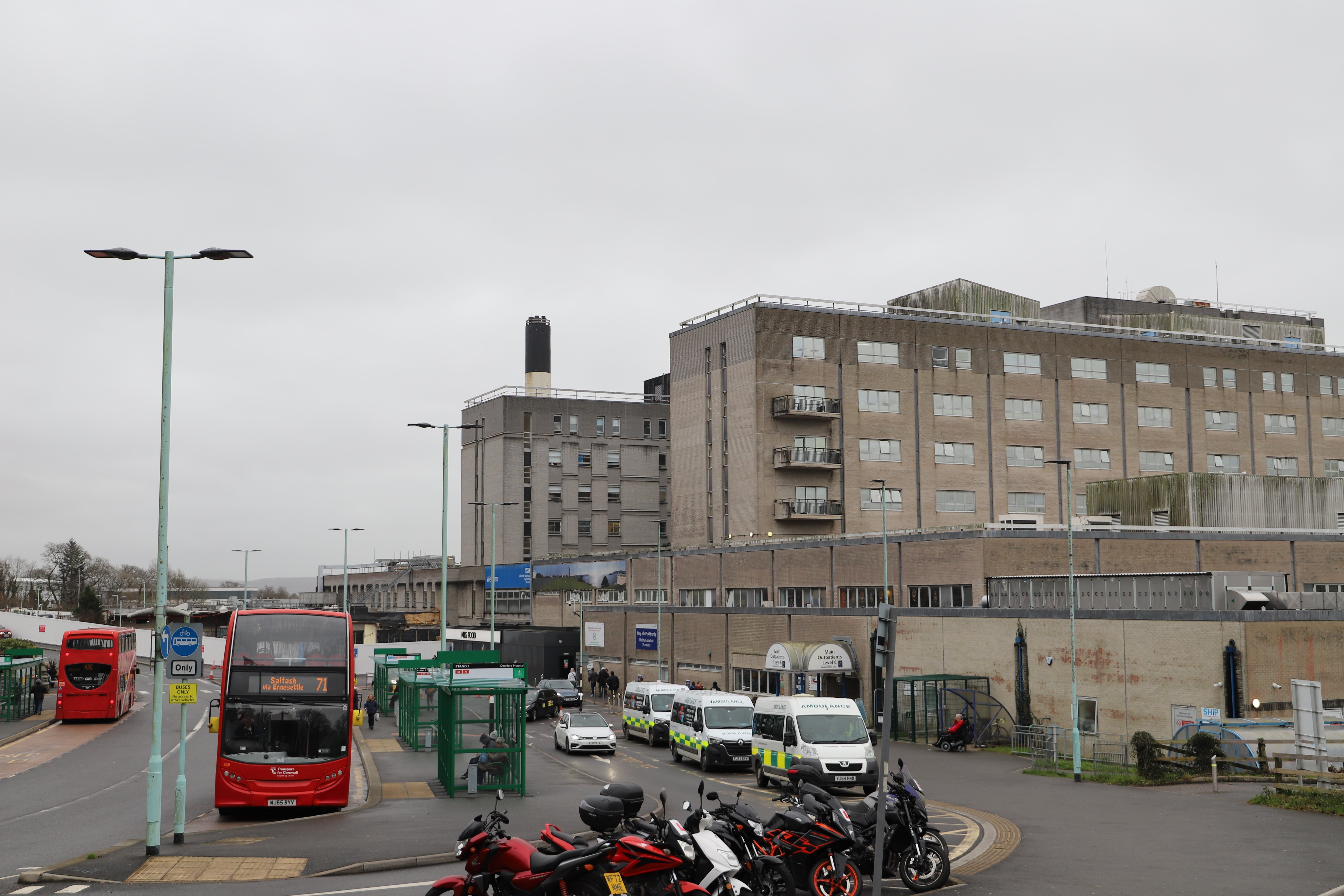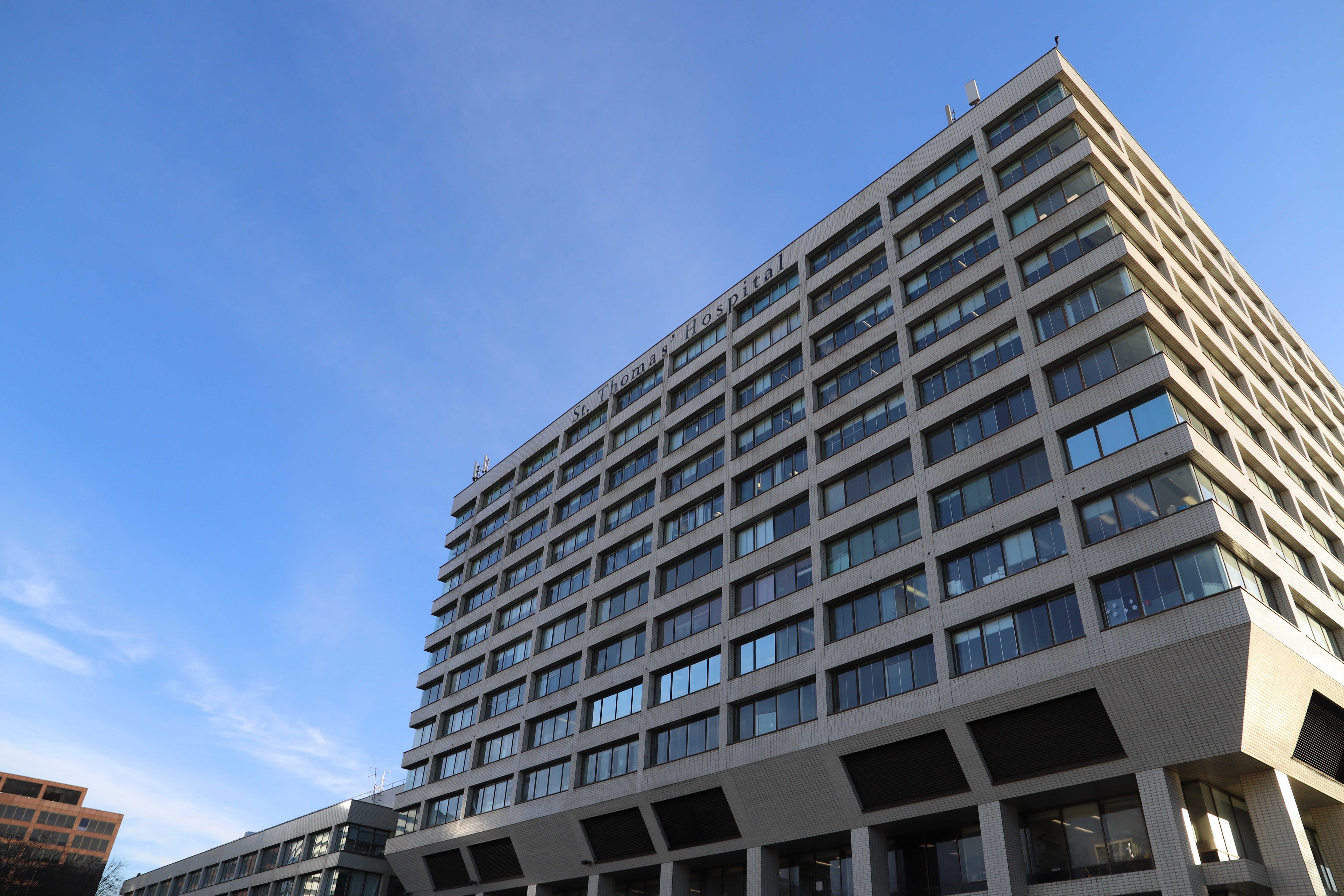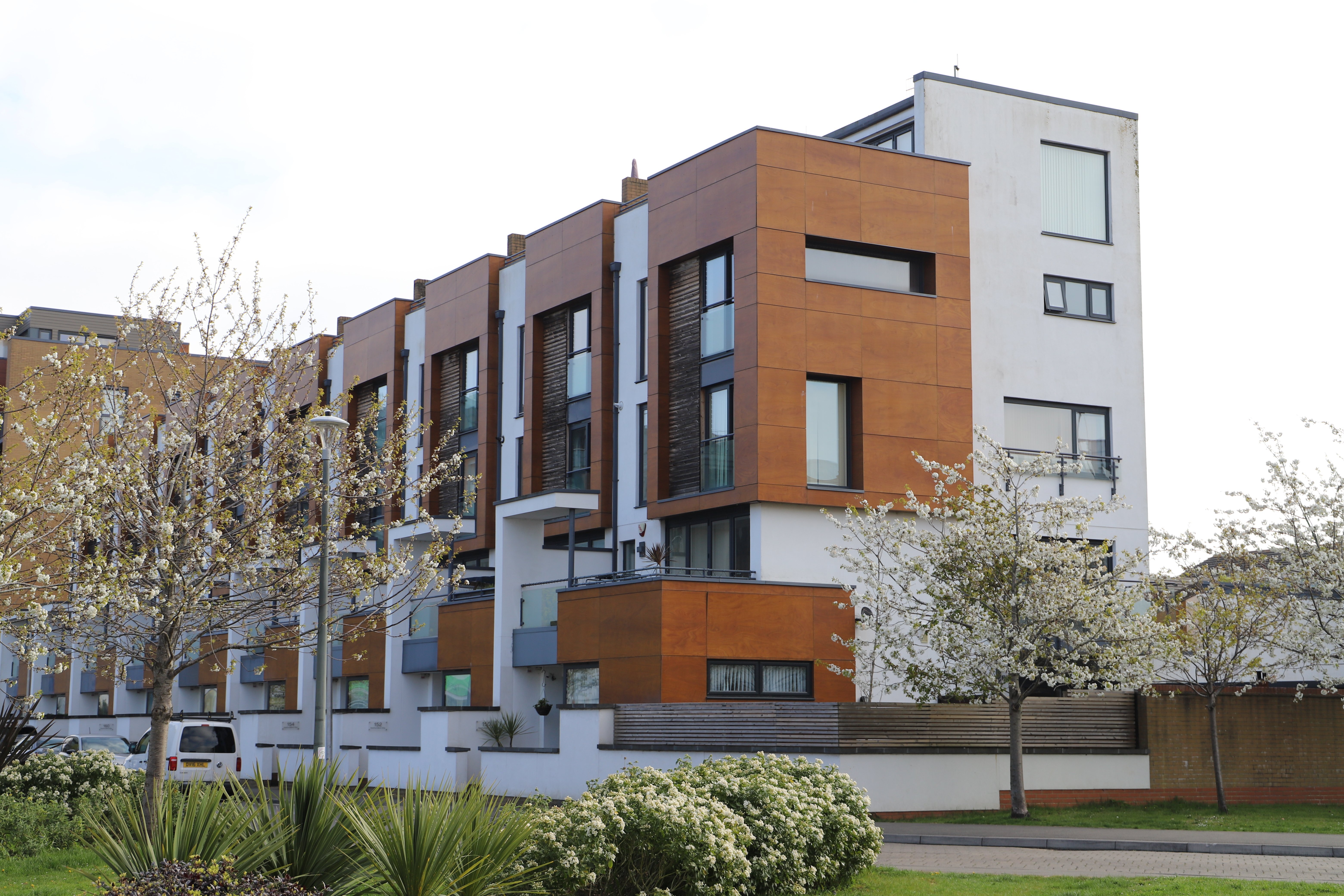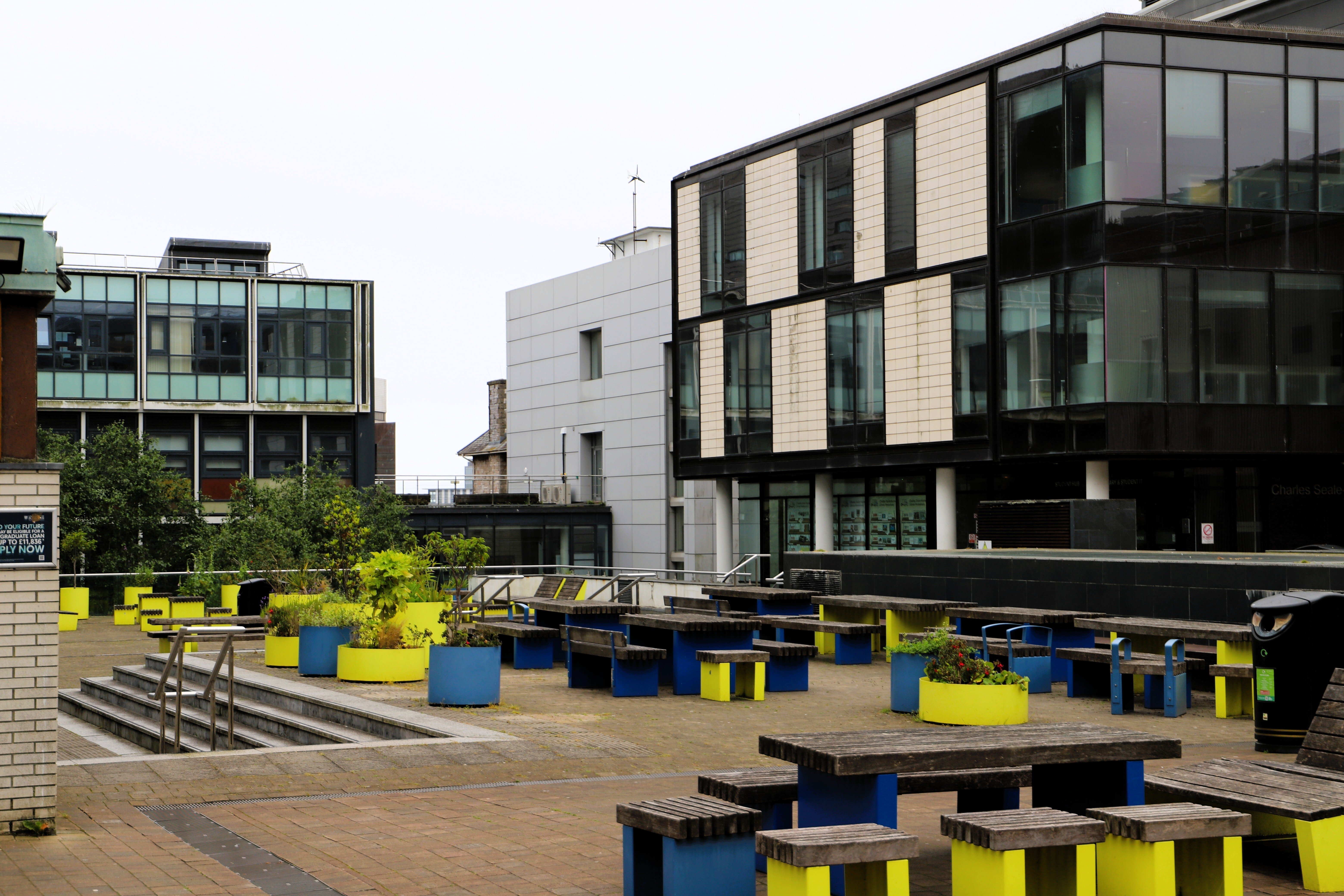Healthcare environments are some of the most complex and challenging spaces to manage when it comes to fire safety. Hospitals, clinics, and care facilities operate 24/7, house vulnerable occupants, and rely on critical infrastructure that cannot be easily shut down or disrupted. For healthcare providers, ensuring fire safety is not simply about compliance, it is about safeguarding patients, staff, and essential services in line with national legislation and recognised standards.
Legislation like the Regulatory Reform (Fire Safety) Order 2005 and sector-specific guidelines like the Health Technical Memoranda (HTMs), especially HTM 05-01 (Managing healthcare fire safety) and HTM 05-02 (Firecode – guidance in support of functional provisions), regulate fire safety in the UK healthcare industry. In order to guarantee that risks are properly identified, managed, and mitigated, compliance with these frameworks is essential.
Comprehensive Fire Risk Assessments (FRAs)
Effective fire safety management is based on Fire Risk Assessments (FRAs), which are mandated by law under the Fire Safety Order. Given the complexity and frequently high risk of clinical settings, these evaluations in healthcare settings need to go far beyond generic building reviews. Important things to think about are:
- Vulnerable occupants: Many patients may be sedated, bedbound, or otherwise unable to self-evacuate. This requires progressive horizontal evacuation (PHE) strategies and clearly defined refuge areas.
- Medical gases and equipment: The use of oxygen, nitrous oxide, and other medical gases introduces heightened fire and explosion risks. Equipment such as MRI scanners, which cannot be shut down quickly, must also be factored into emergency planning.
- Compartmentation and fire doors: Maintaining effective fire and smoke compartmentation is crucial in hospitals. Fire doors, walls, and barriers must be routinely checked for integrity to allow PHE and buy time for safe evacuation.
- Evacuation planning: Evacuation strategies should account for mobility-impaired patients, bariatric care needs, and the reliance on staff-assisted movement. Simulation exercises and drills aligned with NHS firecode recommendations are often necessary.
- Staff awareness and training: A strong safety culture, supported by clear procedures and regular drills, is as vital as the physical building measures.
The significance of adapting FRAs to the operational realities of healthcare facilities is emphasised in guidelines like HTM 05-01 (Managing healthcare fire safety). In order to ensure that fire precautions do not interfere with the provision of necessary care while still adhering to legal requirements, it is necessary to strike a balance between patient safety and the necessity to maintain vital services.
FRAEWs: Fire Risk Assessment External Wall Surveys
External wall systems have come under increased scrutiny since the Grenfell Tower fire. Responsible individuals are now required by the Fire Safety Act 2021 and its follow-up guidelines, such as PAS 9980:2022, to make sure that external walls are evaluated for fire risk when appropriate.
Many healthcare facilities, such as multi-story ward blocks, outpatient clinics, or staff quarters, use composite panels or cladding. A FRAEW evaluates:
- The combustibility of external wall materials and insulation.
- The presence of cavities and fire breaks.
- How external wall design might contribute to fire spread.
- Compliance with Building Regulations (Approved Document B) and industry guidance.
This is particularly critical for NHS Trusts and private providers managing older estates where retrospective assessment is needed to align with current safety expectations.

Premises Information Box (PIB) Plans
A Premises Information Box (PIB) provides emergency responders with immediate access to vital information, which can significantly reduce response times during an incident. For healthcare facilities, PIBs are especially important due to the complexity of sites and the vulnerability of patients.
Effective PIBs should include:
- Detailed site plans showing fire compartments, escape routes, and high-risk areas (such as gas stores or plant rooms).
- Firefighting facilities such as hydrants, risers, and extinguishing systems.
- Building access points and secure entry procedures.
- Key contacts for facilities management and on-site fire safety leads.
Guidance in BS 9999:2017 and the NFCC Premises Information Box Code of Practice recommend the use of PIBs, and the Building Safety Act 2022 reinforces the importance of accessible, accurate information to support fire and rescue services.
Retrospective Fire Strategy Development
Many healthcare facilities operate within legacy estates, some dating back to the Victorian era, that were never designed with modern fire safety standards in mind. These buildings often have:
- Inadequate compartmentation.
- Non-compliant fire doors.
- Outdated evacuation routes.
- A lack of modern suppression or detection systems.
Developing a retrospective fire strategy involves aligning these environments with current standards such as HTM 05-02, Approved Document B, and the BS 9991/9999 standards. A phased approach is usually necessary, balancing compliance with the practical realities of clinical operations. For example:
- Implementing temporary protective measures (such as fire watches) until physical works can be undertaken.
- Scheduling upgrades around clinical service delivery to minimise disruption.
- Incorporating fire engineering solutions where physical alteration is not possible.
This process ensures that even historic or complex facilities can meet legal obligations while continuing to provide uninterrupted care.
Key Considerations for Fire Safety in Healthcare
- Specialised Expertise: Fire safety in healthcare requires understanding both clinical risk and building compliance. Standards such as HTM 05-01/05-02 are critical references.
- Comprehensive Approaches: Effective safety requires a layered strategy, combining FRAs, FRAEWs, PIBs, and long-term fire strategies.
- Practical Implementation: Fire safety must be achievable in live environments without compromising patient care — meaning phased works, infection control planning, and operational flexibility.
- Collaboration: Engagement with estates teams, clinical staff, regulators (CQC, HSE), and fire services is essential to create solutions that are compliant, workable, and sustainable.

Protecting Patients, Staff, and Services
Ultimately, fire safety in healthcare is about more than compliance. It is about creating resilient environments where patients, staff, and essential services are protected, and where care can continue without interruption. By combining legal obligations under the Fire Safety Order with sector-specific standards such as HTM 05, providers can ensure both safety and operational continuity.
Recent Regulatory Updates
The fire safety regulatory landscape continues to evolve, with several developments particularly relevant to healthcare providers:
- Building Safety Act 2022: Introduces a new regime for higher-risk buildings (HRBs), which may apply to certain multi-storey healthcare facilities. It places stronger duties on accountable persons to manage building safety risks, including fire.
- Fire Safety (England) Regulations 2022: Came into effect in January 2023 and require responsible persons in multi-occupied residential buildings, including some healthcare staff accommodation, to share specific fire safety information with residents and local fire services.
- HTM 05 Updates: Ongoing updates to the NHS Firecode guidance continue to emphasise the importance of risk-based approaches, progressive horizontal evacuation, and integration with modern fire engineering practices.
Healthcare providers should ensure they remain up to date with these regulatory changes and incorporate them into their fire safety management systems.
For healthcare organisations seeking to strengthen their fire safety management, it is important to regularly review risk assessments, stay up to date with evolving regulations, and ensure that both new and existing estates meet the highest standards of protection.
To learn more about practical approaches to fire safety in healthcare, or to explore tailored guidance for your facilities, you can contact us here.
Penny Burhouse
Sign up to receive our emails
You'll receive all the latest news and blogs straight to your inbox.







